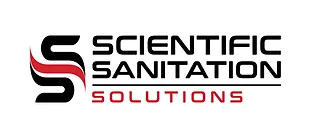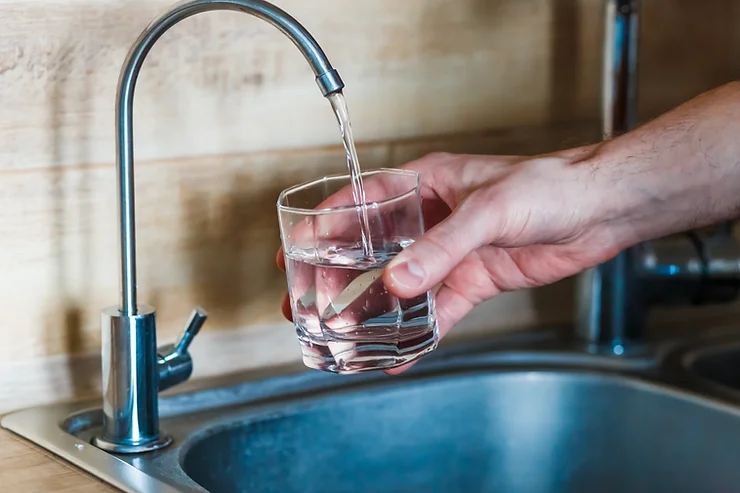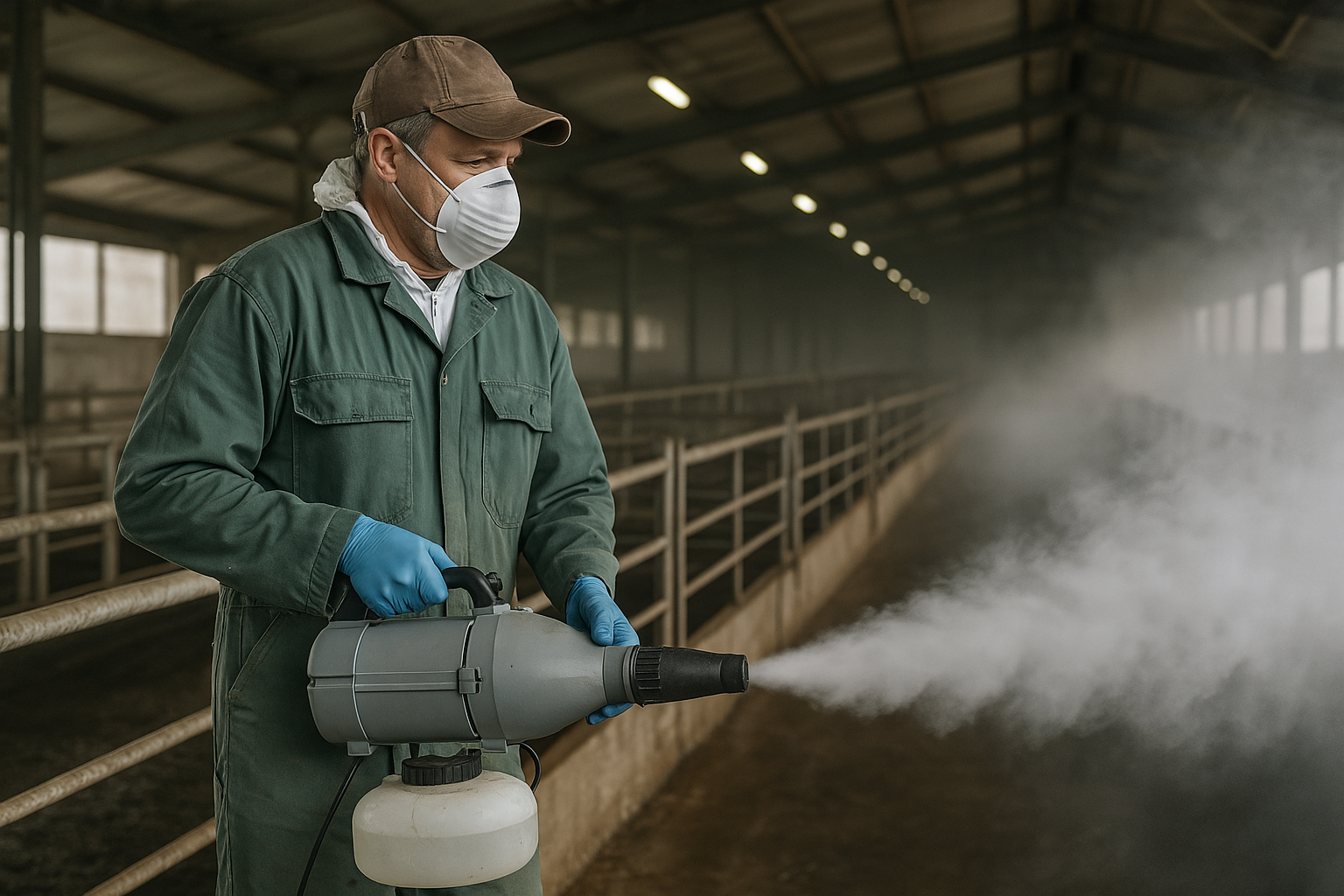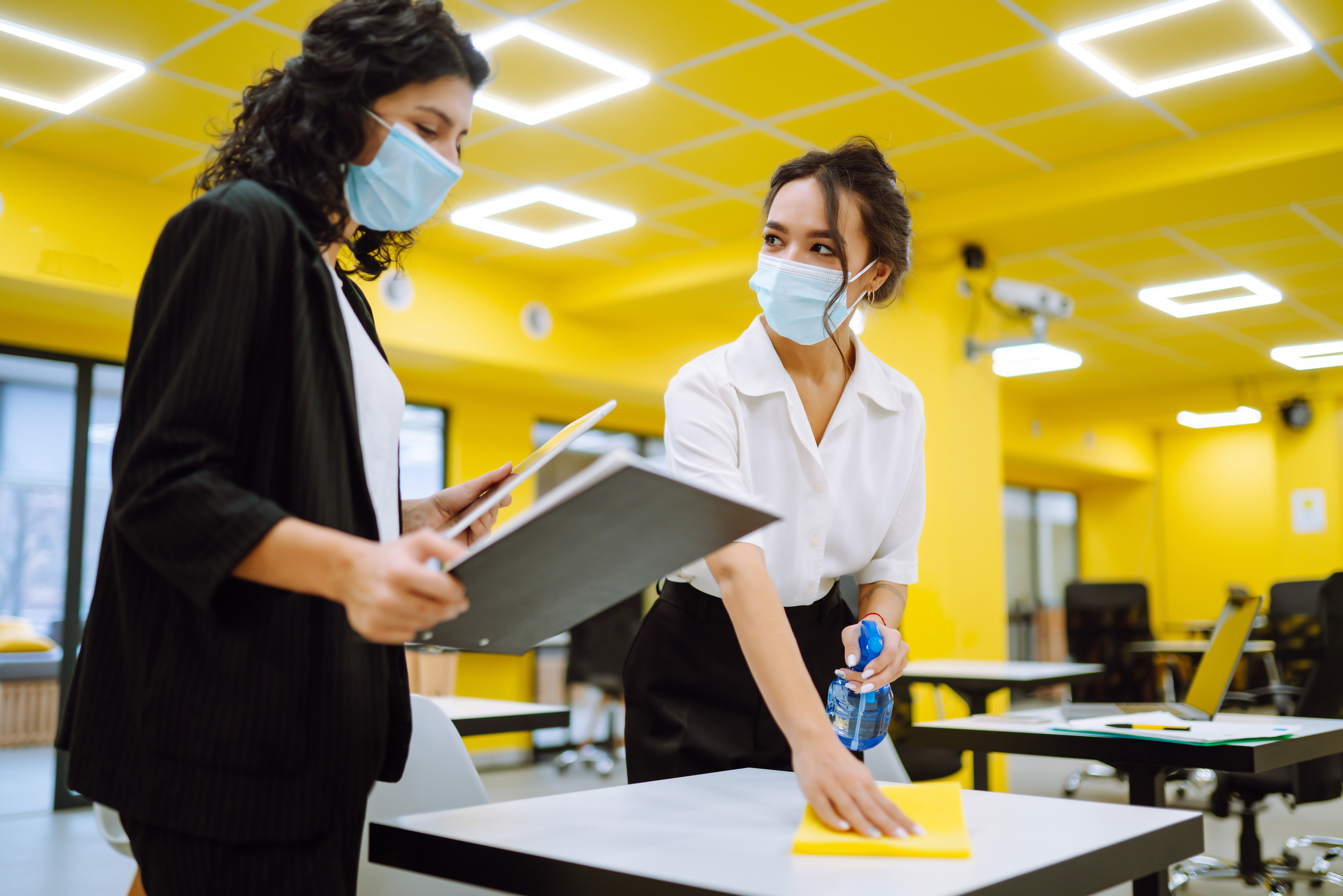In the realm of water treatment, precision is paramount. Every drop of water that flows from our taps carries with it a story of purification, filtration, and safeguarding against unseen contaminants. As we delve into the inner workings of water treatment, one term stands out: ORP, or Oxidation-Reduction Potential. In this blog post, we’re uncovering the secrets behind effective ORP measurements and how they play a vital role in ensuring the safety and quality of our water.
At Scientific Sanitation Solutions (SSS), we’re committed to pioneering innovative solutions for water treatment, and ORP measurements are a cornerstone of our approach. Let’s embark on a journey to understand this fascinating concept and its significance in maintaining the purity of our water supply.
ORP, short for Oxidation-Reduction Potential, is a fundamental parameter used to gauge the water’s capacity to oxidise or reduce substances. In simpler terms, it measures the water’s ability to neutralise contaminants and harmful microorganisms through oxidation (removing electrons) or reduction (adding electrons). A positive ORP indicates oxidising potential, while a negative ORP reflects a reducing environment.
In the realm of water treatment, ORP serves as a guiding light. It helps us evaluate the effectiveness of various sanitisation methods and ensure that harmful elements are eliminated from the water. Whether we’re dealing with municipal water supplies, swimming pools, or even industrial processes, ORP measurements provide valuable insights into the water’s safety and quality.
One of the remarkable applications of ORP measurements lies in their integration into water treatment systems. Imagine a system that constantly monitors the ORP of water and adjusts sanitisation methods accordingly. This dynamic approach ensures that the water’s oxidising or reducing potential is consistently optimised to neutralise harmful elements. Such systems are the cornerstone of water safety and quality, aligning perfectly with our commitment at SSS to provide effective and sustainable solutions.
The world of water treatment is complex and ever-evolving, and ORP measurements have emerged as a powerful tool in this arena. Through precise monitoring and optimisation of ORP, we’re able to safeguard our water supply and ensure that the water flowing into our lives is free from contaminants.
At SSS, we’re proud to be at the forefront of utilising effective ORP measurements to create innovative water treatment solutions. By embracing this technology, we’re not just treating water – we’re shaping a safer, healthier future for generations to come.



